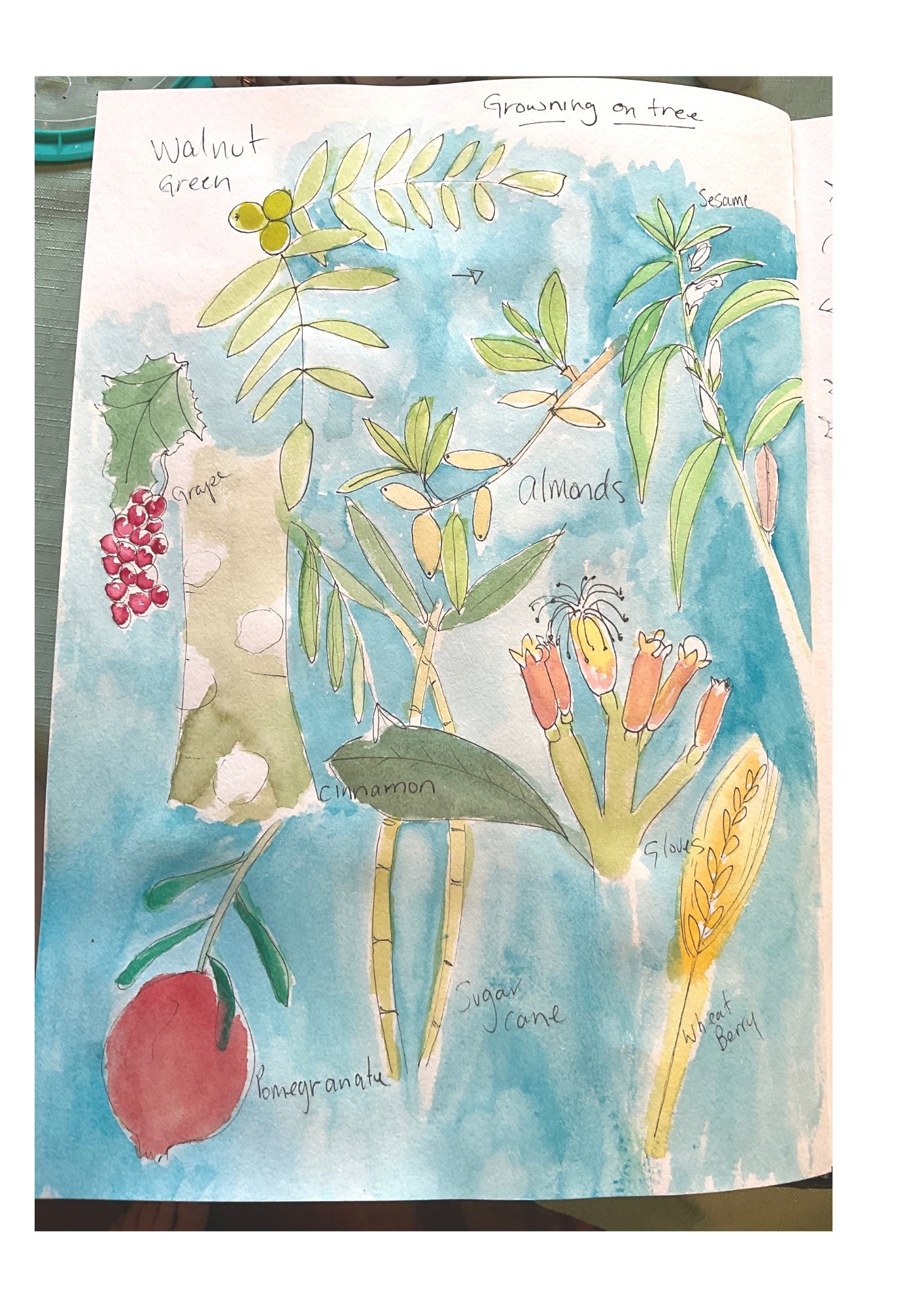Welcome to my apron-strewn corner of the internet—where food meets memory, where stories stew, and where a visual artist finds unexpected kinship with a curious AI.
I’m Peta, the artist behind Crafted Pear. This year, I returned to art school—older, bolder, and wildly curious about how grief, cultural memory, and seasonal food can find their way into layered compositions and illustrated recipes. Somewhere between print etching and planting mustard greens, I stumbled upon a new kind of collaborator: Microsoft Copilot.
At first, I wasn’t sure how a language-based AI could support someone who thinks in textures, flavors, and picture sequences. But what unfolded surprised me. This Word Wizard helped me untangle ideas, find clarity in the fog, and give voice to the parts of my work that live beyond words.
So this blog isn’t just a collection of artworks or reflections—it’s a growing archive of co-created thinking. Part studio journal, part sketchbook, part open letter to anyone who’s ever felt outside the lines.










